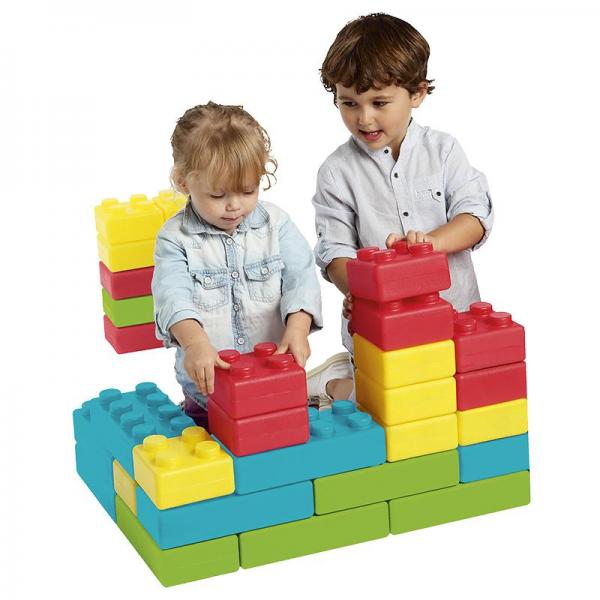

The list of genuine swing states extends no further than Arizona, Georgia, Nevada, Michigan, Pennsylvania, and Wisconsin, with New Hampshire and North Carolina plausibly added to that roster, though at the federal level the former measurably leans toward Democrats and the latter toward Republicans. Just how few states determine which side prevails? Probably no more than eight, and arguably as few as six. Everything is always at stake-and nothing seems to break the deadlock.īarton Gellman: How six states could overturn the 2024 election The balance always remains so wobbly that a momentary mood swing in just a few subdivisions outside Atlanta, Phoenix, or Philadelphia can determine whether Democrats are empowered to pass a new law codifying a national right to abortion, or Republicans are positioned to impose a national ban. People across the country nervously parse the choices of distant voters in a handful of states to see which party will control the federal government. These twin forces largely explain why so many Americans now find politics so stressful. The consequence is a politics in which neither party can sustain a durable advantage over the other, and political direction for a country of 330 million people is decided by a tiny sliver of voters in about half a dozen states-maybe a few hundred thousand people in all. Because so many voters-and so many states-are reliably locked down for one side or the other, even the slightest shifts among the few voters and few states that are truly up for grabs can tilt the balance of power. But the system’s instability is a direct result of its rigidity.

A politics that is rigid and unstable sounds like a contradiction in terms. N o matter which party wins control of the House and Senate next month, the results are virtually certain to reinforce the paradox powering the nation’s steadily mounting political tension.Īmerican politics today may be both more rigid and more unstable than at any other time since at least the Civil War.


 0 kommentar(er)
0 kommentar(er)
